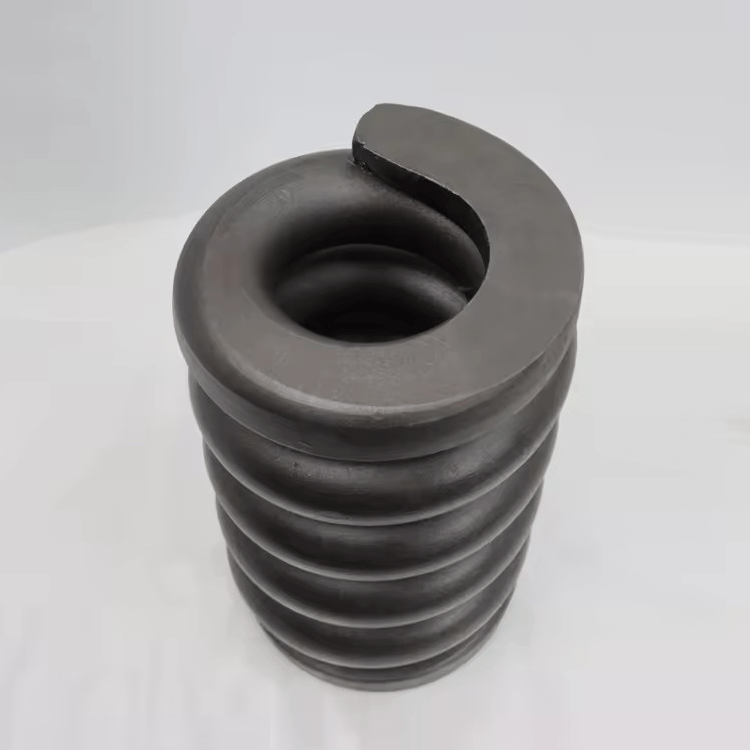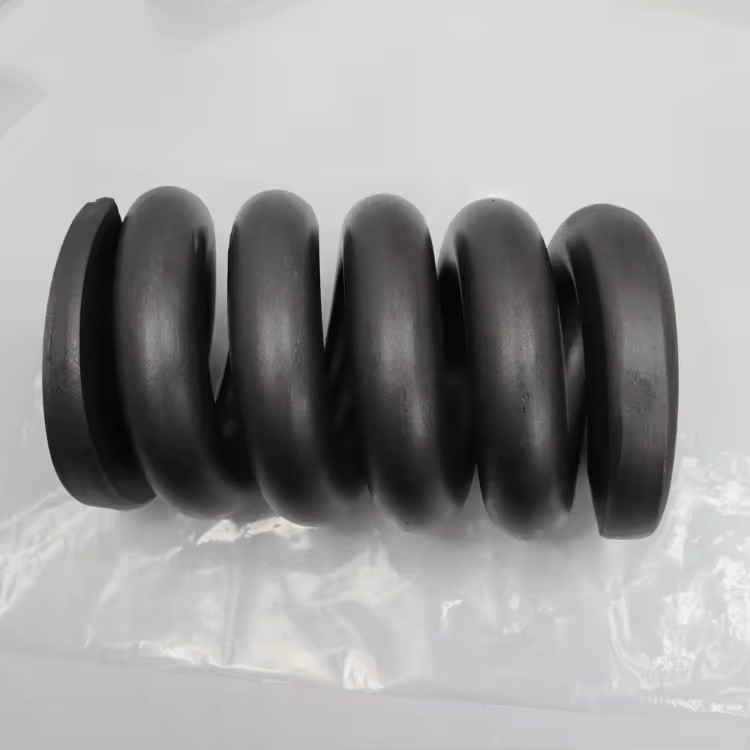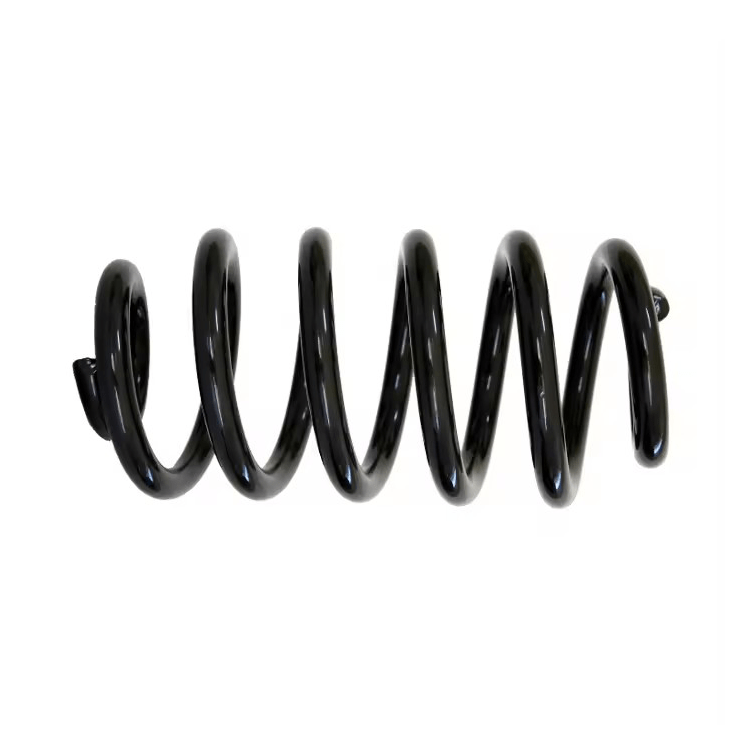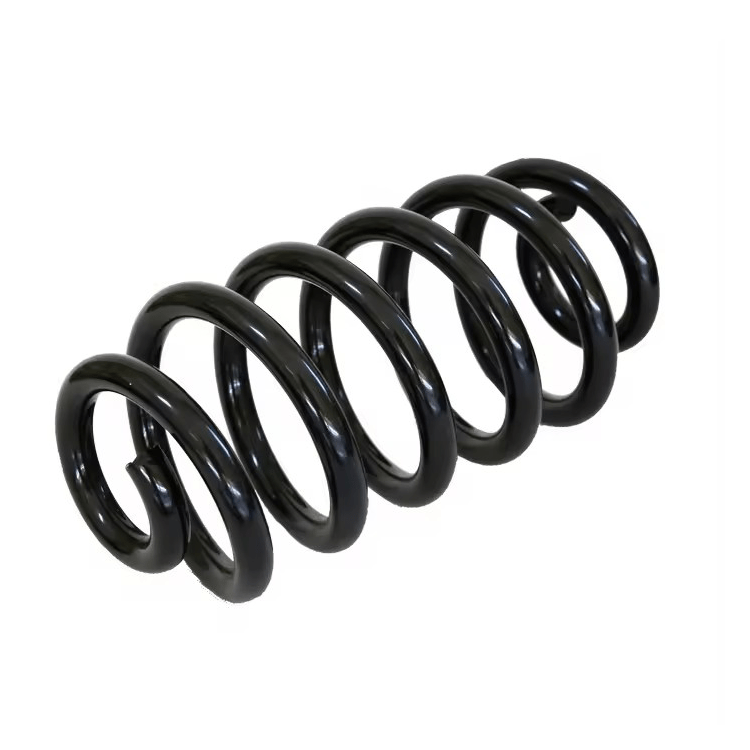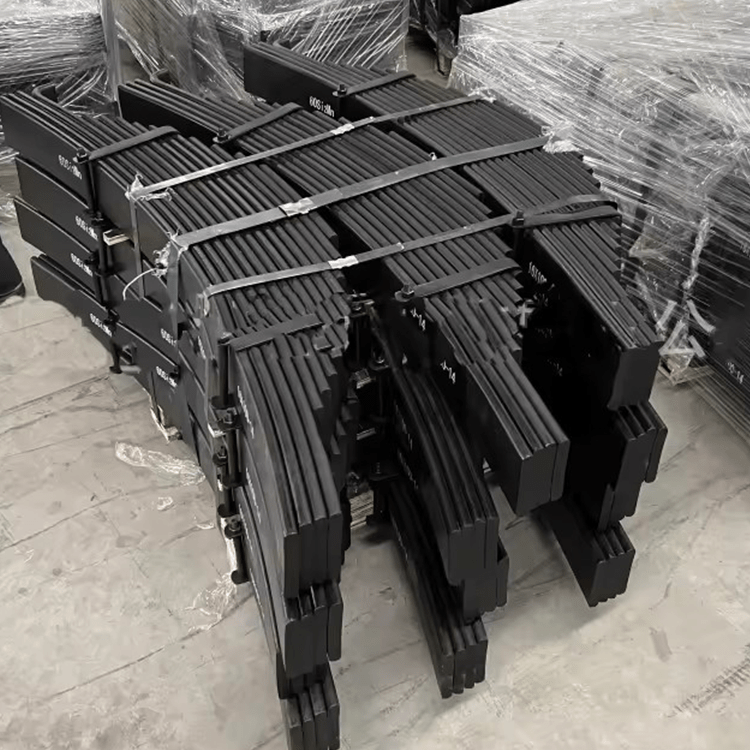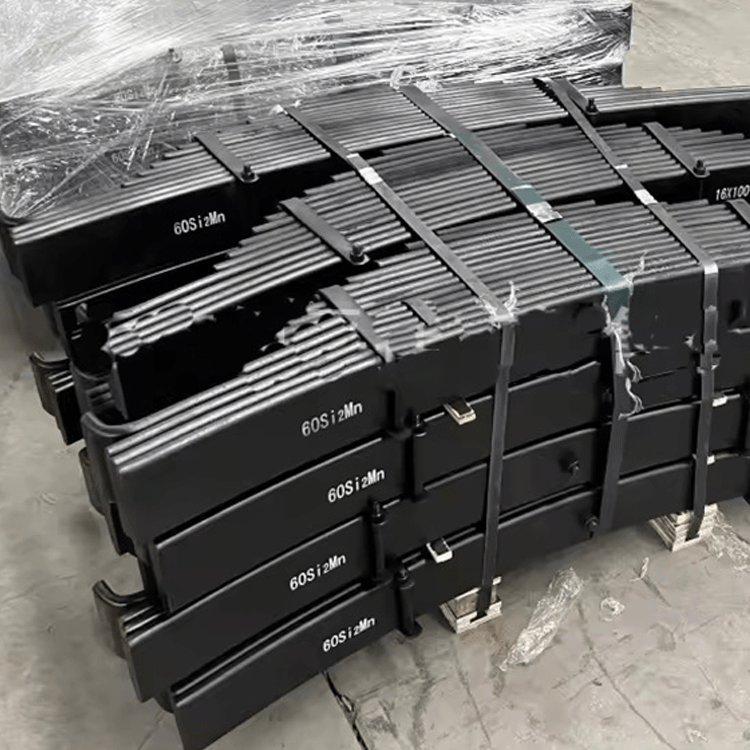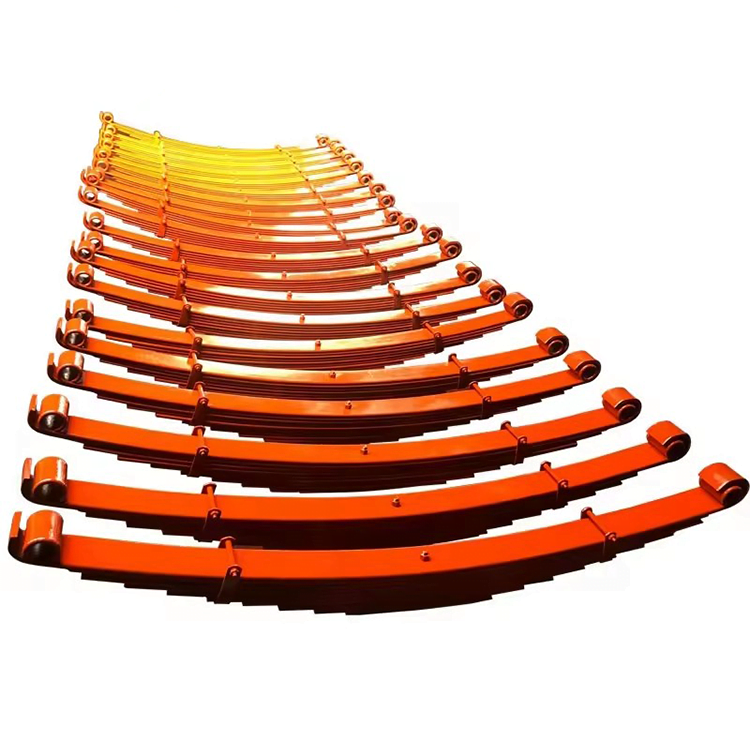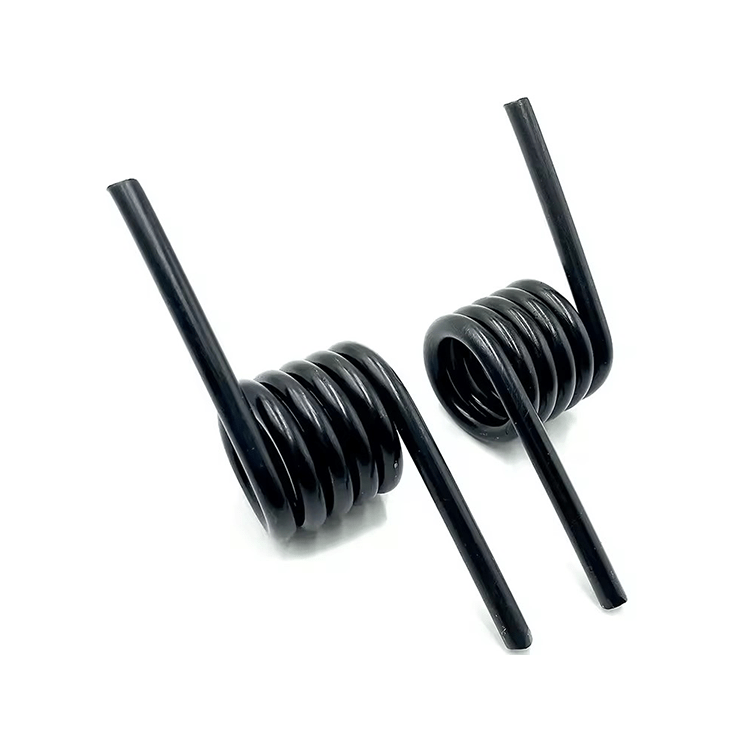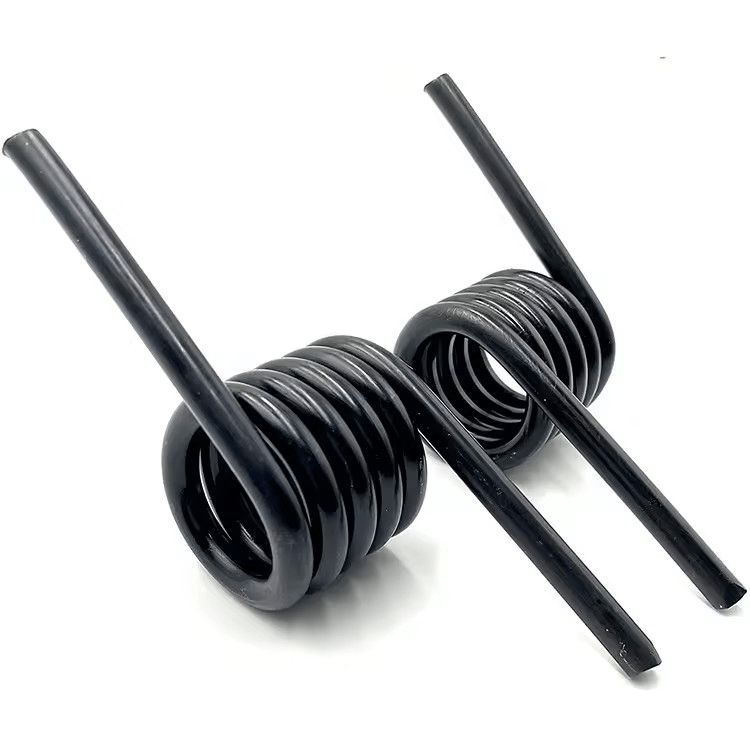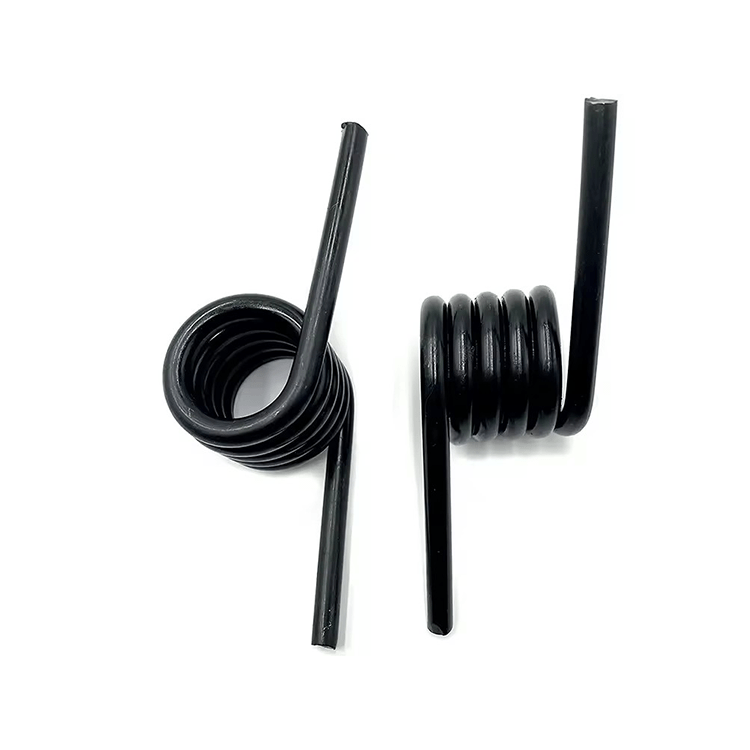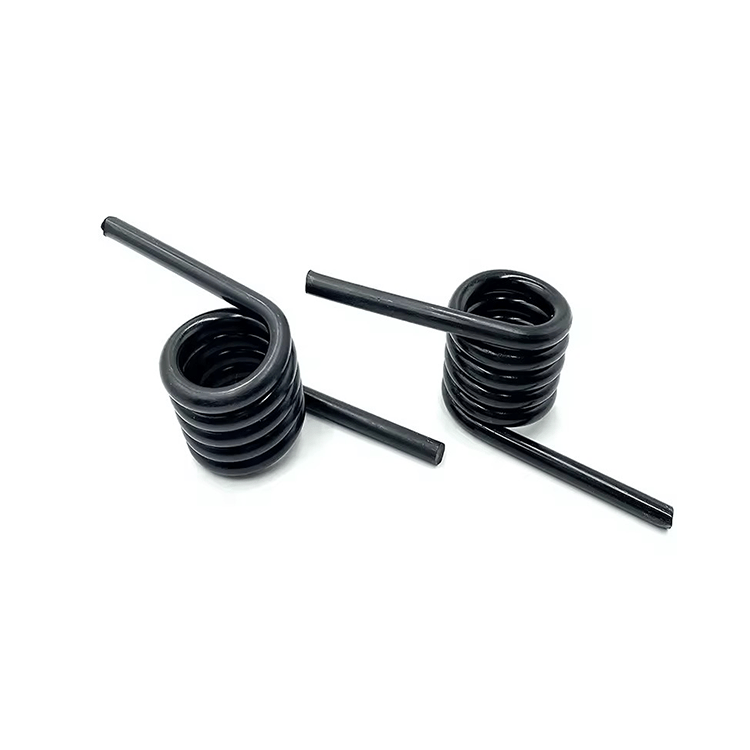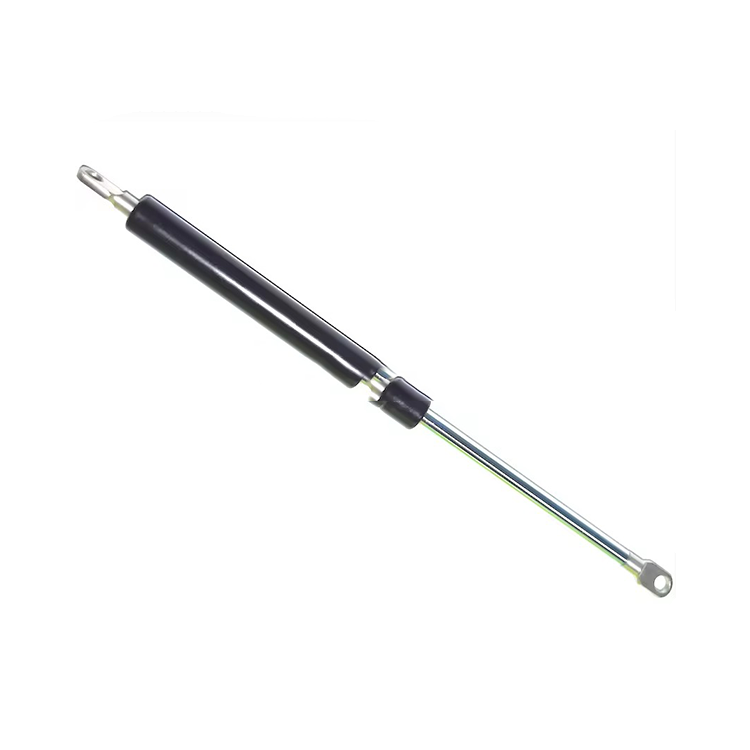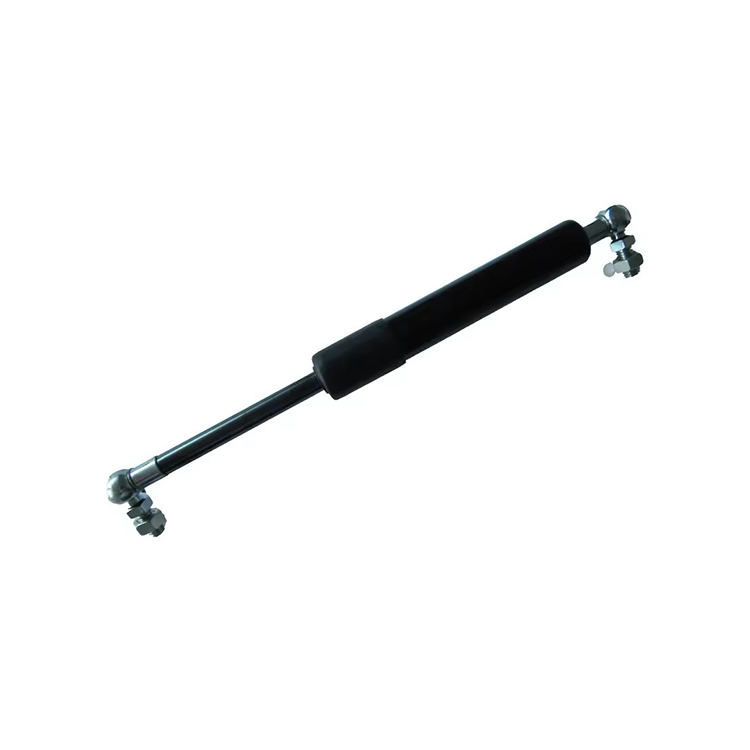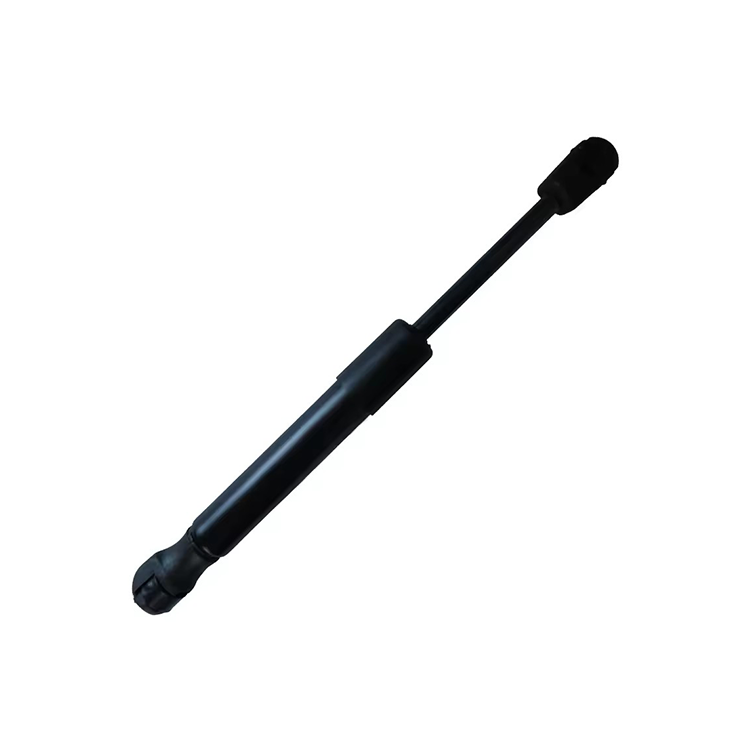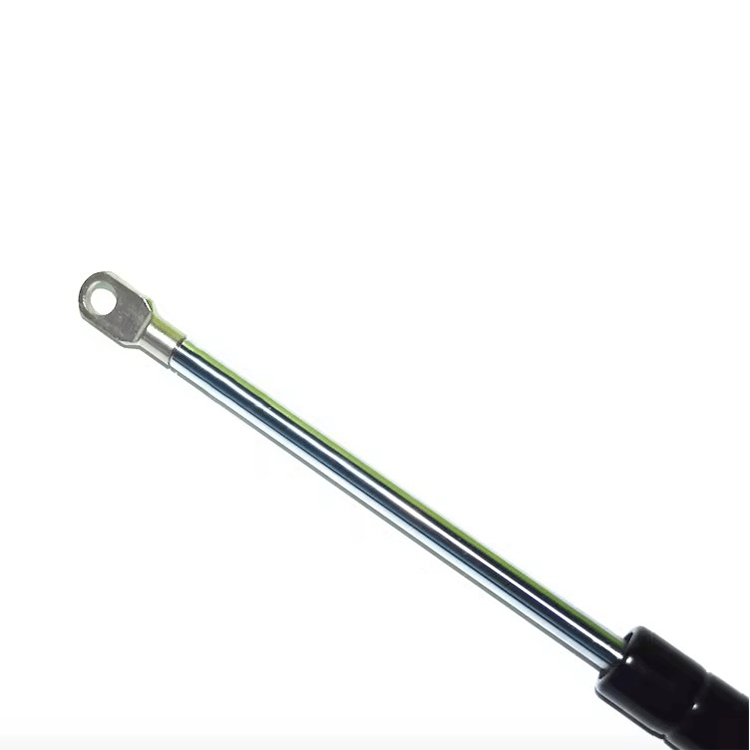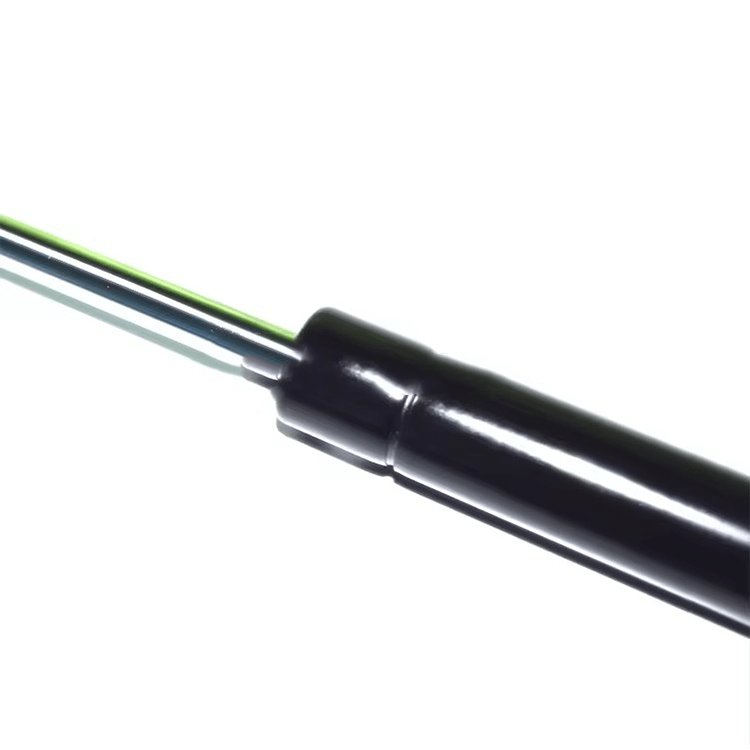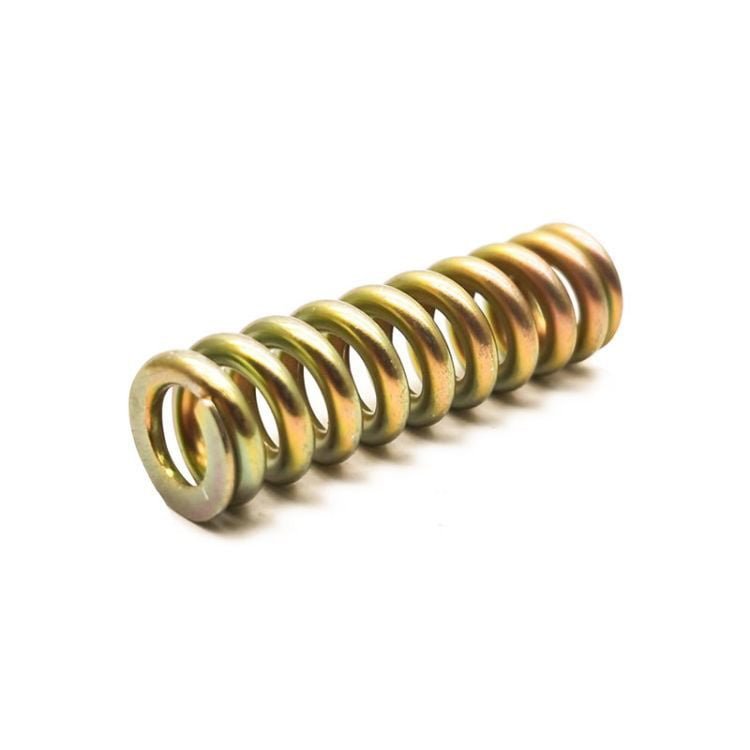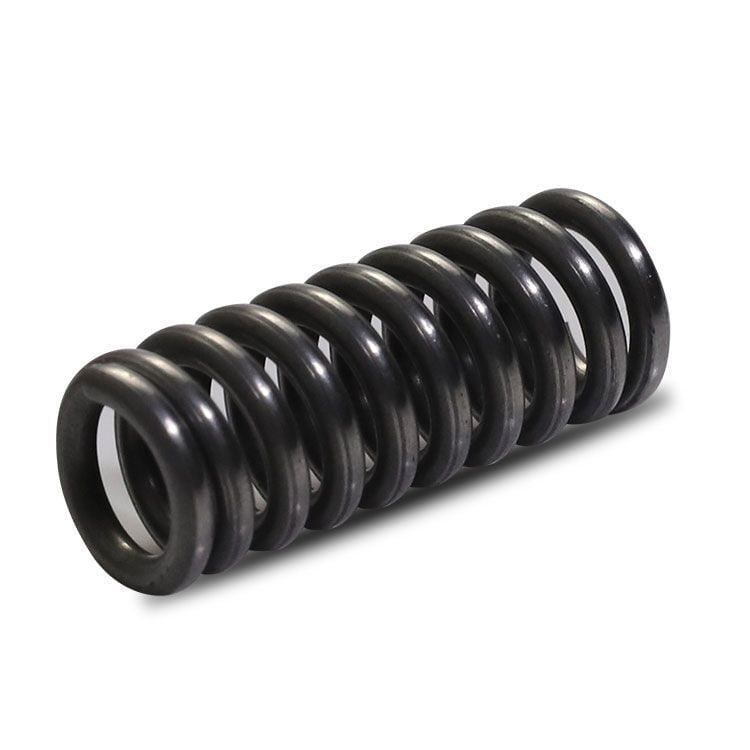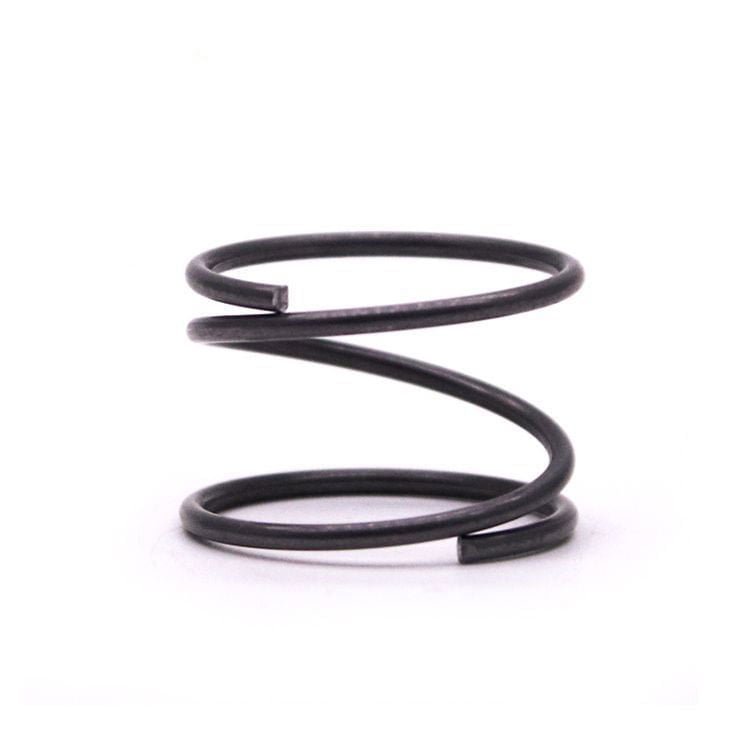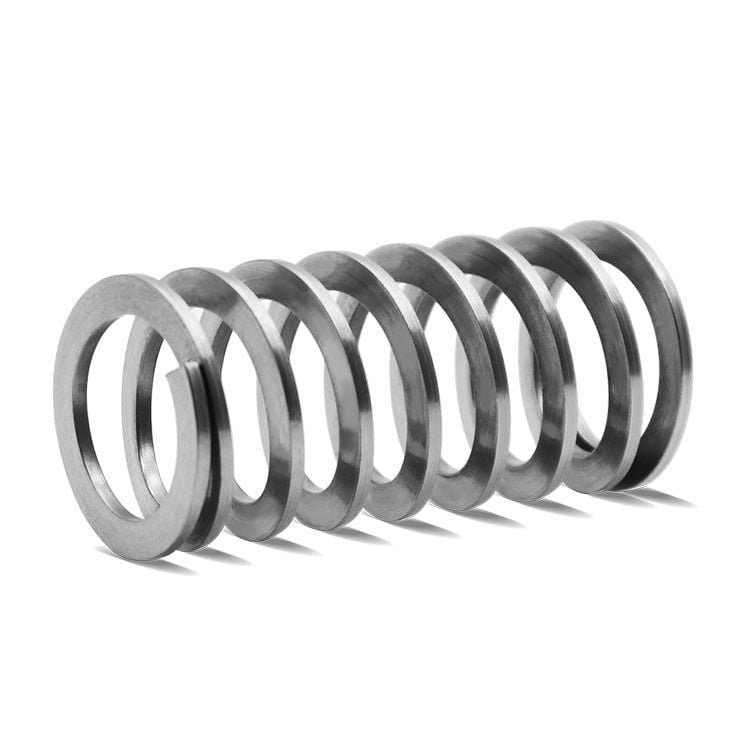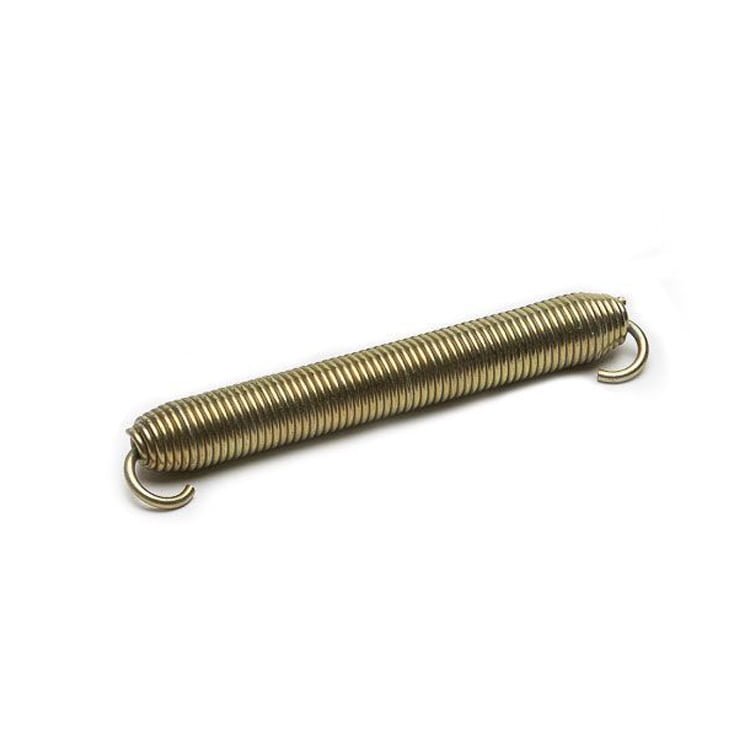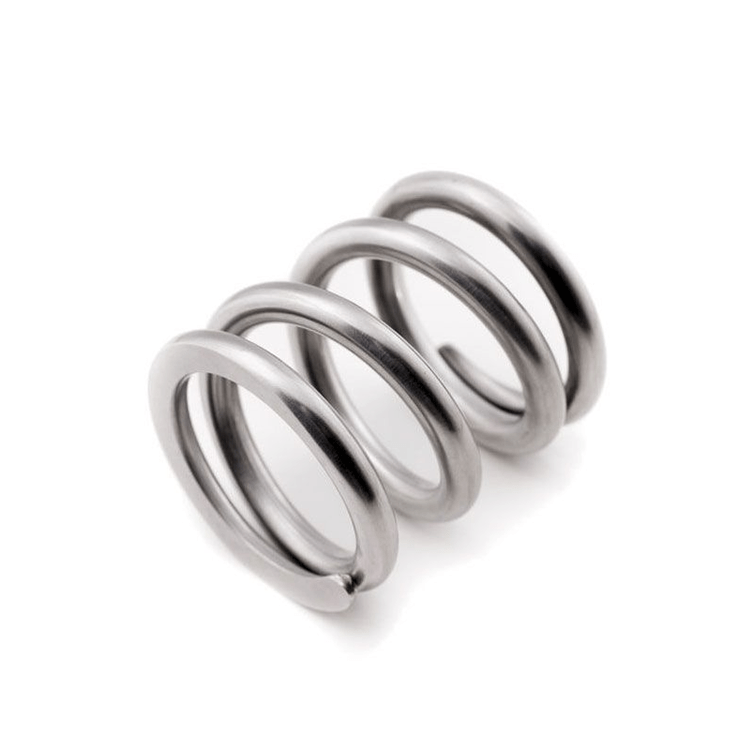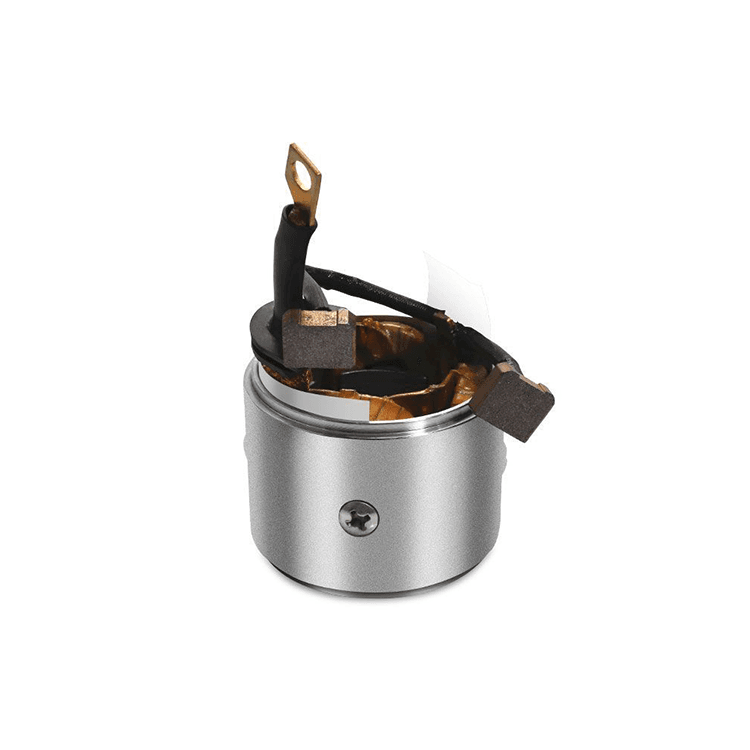Automobile springs
Automobile springs are vital in the automotive industry and are essential components in a variety of systems and mechanisms. They are able to absorb and store mechanical energy to provide support, stability and flexibility for different automotive applications.
Automobile springs are essential for smooth and comfortable driving, absorbing shock and vibration, maintaining stability and supporting the weight of the vehicle. Automobile springs are more commonly used: coil spring, plate spring, torsion spring and gas spring.
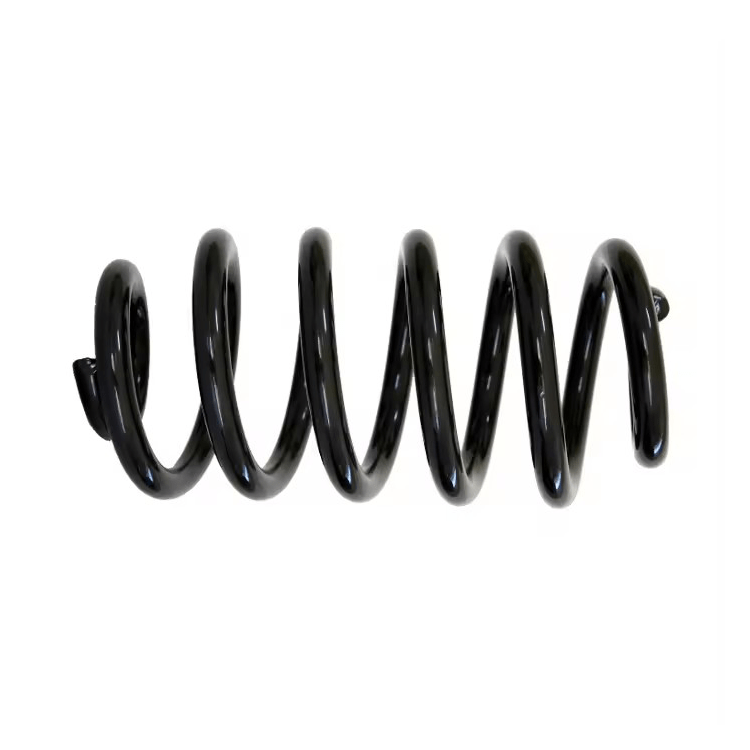
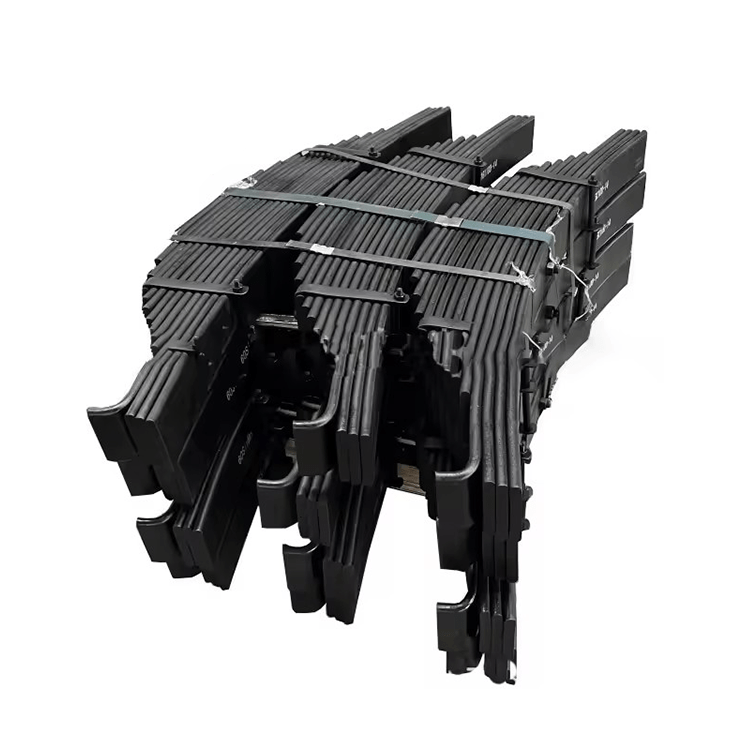
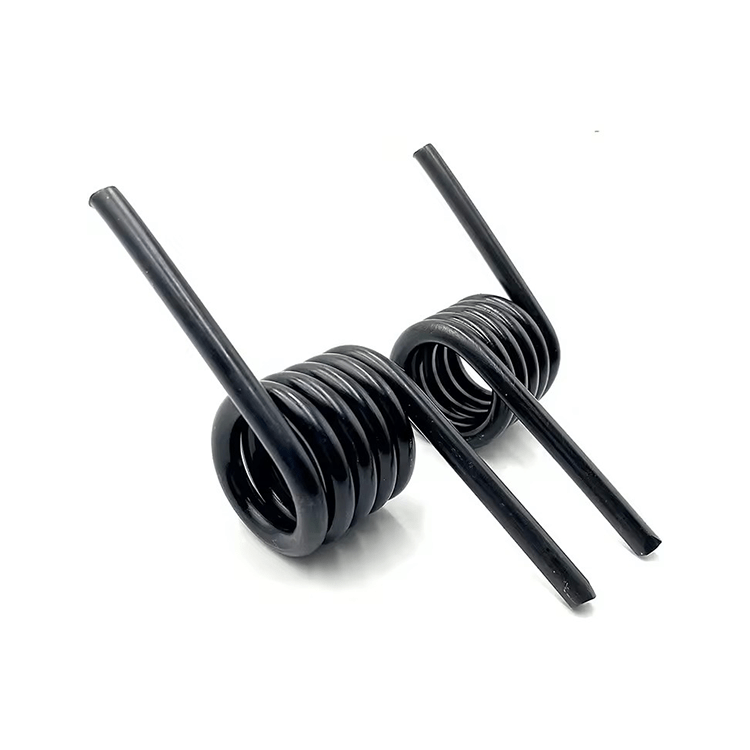
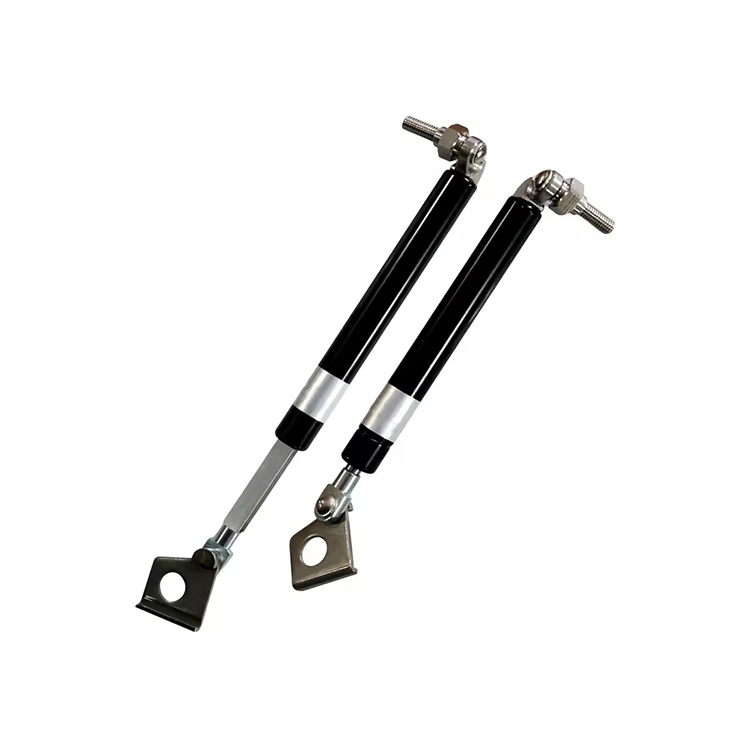
1. Coil springs of Automobile springs
- Coil springs are one of the most widely used springs in the automotive industry. They are spiral shaped and made of durable materials such as steel or alloys. These springs are used to compress and expand under load, providing stability and absorbing shock and vibration. Coil springs are commonly used in vehicle suspension systems to support the weight of the vehicle and provide a smooth and comfortable ride.
- One of the advantages of coil springs is their ability to provide excellent vertical support, ensuring an even distribution of vehicle weight, which helps maintain stability and prevents excessive body roll during cornering. Automotive springs are available in a variety of design options that can be customized to a specific vehicle.
- In terms of ease of maintenance, coil springs usually require minimal maintenance, but it is important to check them regularly for signs of wear or damage, as worn or broken coil springs can negatively affect the vehicle’s suspension and handling.
2. Plate spring of Automobile springs
- Plate spring is a kind of spring commonly used in the automotive industry. They are stacked with multiple layers of steel sheets, with flexibility and strength. Plate spring is mainly used in the rear suspension system of trucks, trucks and older models. They are designed to distribute weight evenly and provide excellent load carrying capacity.
- The main advantage of plate springs is that they are able to withstand heavy loads, they are particularly suitable for trucks and vehicles that tow or carry heavy loads, the plate springs provide reliable load support and help prevent the vehicle from sagging or bottling out during heavy loads.
- In addition, compared with coil springs, plate springs have better lateral stability, which makes them suitable for maintaining stability in turns or on uneven roads.
3. Torsion springs of Automobile springs
- Torsion springs are resistant to twisting or torsional forces and are therefore suitable for applications where rotational forces need to be stored or released. In the automotive industry, torsion springs can be used in various components, such as doors, hatches and trunk LIDS. These springs provide the necessary torque to assist in the opening and closing of these components.
- The main point of torsion springs is their ability to generate a large amount of torque in a compact design, which makes them ideal for applications where space is limited. The compact size of the torsion spring allows efficient use of the available space while providing the required rotational force.
- However, making torsion springs is more complex and challenging than other springs. The design and manufacturing process requires precise calculations and expertise just to achieve the desired torque. Proper installation is also essential to ensure optimal performance and avoid potential safety hazards.
4. Gas springs of Automobile springs
- Gas springs, also known as gas struts or lifters, are widely used in the automotive industry. These springs consist of a piston filled with compressed gas (usually nitrogen) that is sealed in a cylinder. Gas springs are commonly used in applications such as hoods, trunks, and tailgates, providing controlled and easy movement.
- One of the main advantages of gas springs is their ability to provide smooth and controlled operation. They provide progressive and consistent forces across the entire range of motion, making it easy to open and close various car parts. The gas spring also provides an adjustable force, enabling users to fine-tune the opening and closing speeds to their preferences or specific requirements.
- However, like any other component, a gas spring may require regular maintenance to ensure optimal performance. It is important to check regularly for signs of leaks or wear. In addition, proper installation is essential to prevent any potential safety hazards and ensure the service life of the gas spring.
Automobile springs is a part of the automotive industry, which affects the overall performance and function of the vehicle. Coil springs, plate springs, torsion springs and other springs are commonly used spring types in the automotive industry. Knowing the characteristics and benefits of each Automobile springs allows automotive engineers to select the most appropriate spring for a specific application, ensuring optimal performance and road safety.
